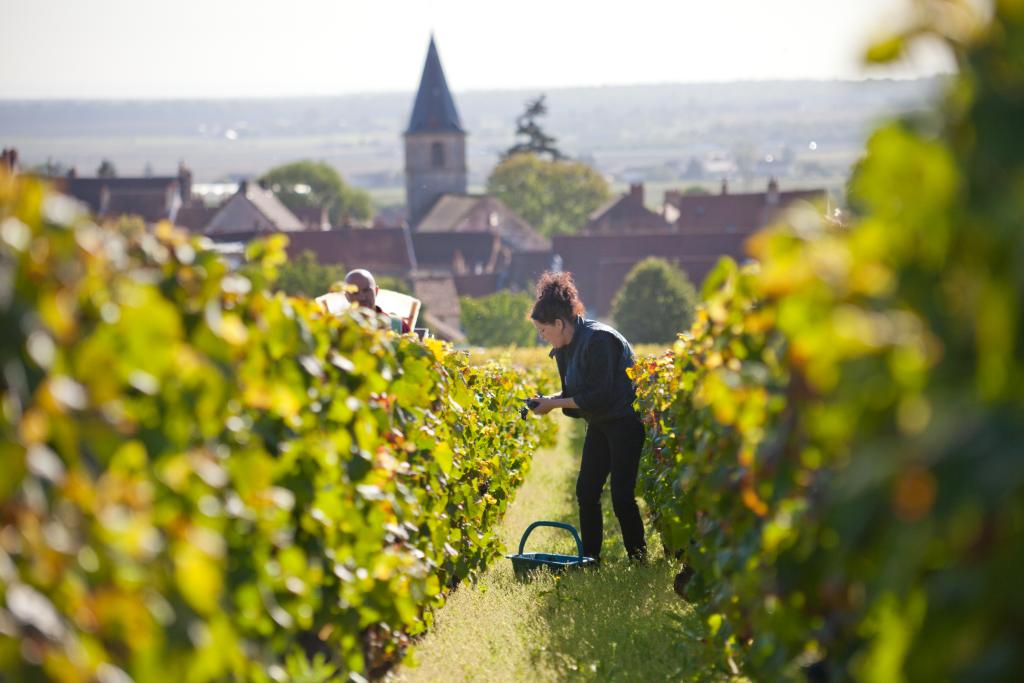Today the 50 hectares of vineyards around the château – now the headquarters of the Climats de Bourgogne – are subdivided into 25 different Domaines (see list here) owned by a host of different people but no wine is produced at the château itself. But you can go and visit it.
The subsoil limestone which gives the wine its taste is also found in the region’s manmade constructions. In the countryside the limestone “clos” (enclosures) and ancient stone walls (220km of them!) which create a mosaic across the landscape were originally built by the Cistercian monks to delineate and protect the parcels of vines from animals and thieves. But they also help fight erosion by retaining the soil and slowing down rainwater runoff.
You’ll also note the presence of rural buildings, huts really, in various shapes and sizes dotted around the vineyards. These are “cabottes” made from stones collected when clearing the land and are used to store tools or to shelter in during bad weather. Unused stones are simply piled up into mounds known as “meurger”, a Burgundian dialect word which stems from the Gallic “morg” meaning limit or boundary. They also help retain soil.
In towns and villages limestone is used to build both simple homes and monuments such as the Hospices de Beaune and the Palace of the Dukes of Burgundy in Dijon.
A UNESCO World Heritage label entails duties to safeguard the site in question. These include protecting the Outstanding Universal Value of the Climates by studying the impact of certain projects (wind turbines, urban development, etc.) and by working to safeguard, sustain and build an inventory of the landscape, the built heritage, and the intangible heritage of the listed site. Between 2015 and 2017, for example, authorities realised whilst making an inventory and geo-localising the 220km of walls which surround the Climats that many were in a poor state of repair. This led to the creation of the Fonds Patrimoine (Heritage Fund) to help owners finance the restoration of these walls. Since then, 7.5km of stone walls and 16 “cabottes” have been repaired.

